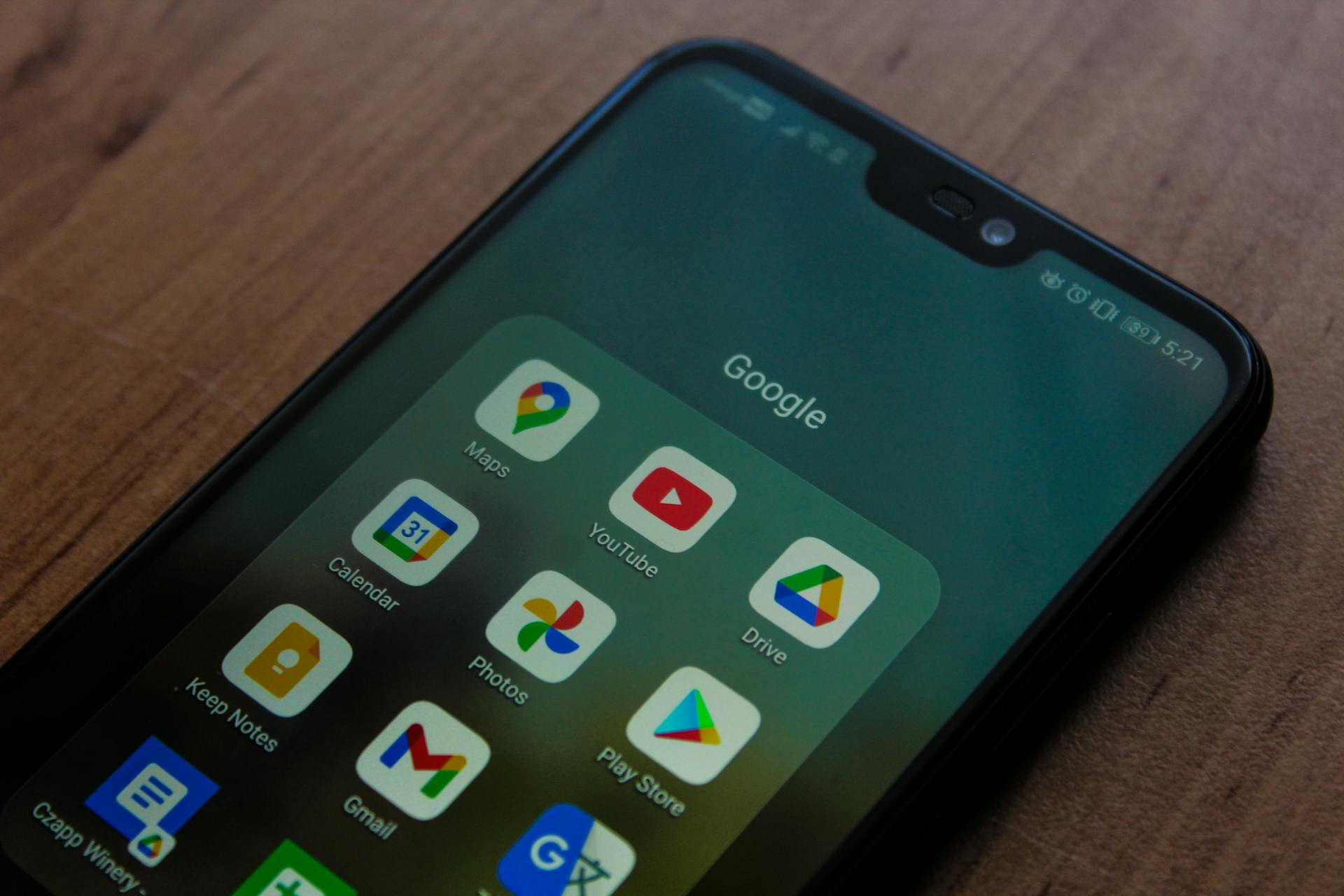
Google Ventures Design Sprint Methodology is a tried-and-true approach to solving complex problems in a short amount of time. Developed by Jake Knapp and his team, it's been used by top companies to create innovative solutions.
At its core, the Design Sprint Methodology is a five-day process that involves five stages: Map, Sketch, Decide, Prototype, and Test. This structured approach helps teams work efficiently and effectively to achieve their goals.
The first stage, Map, involves understanding the problem and identifying key stakeholders. This stage is crucial in setting the foundation for the rest of the sprint.
What is a Design Sprint
A Design Sprint is a time-boxed, five-day process that helps teams tackle big challenges.
You start by making a map of the problem on Monday.
This helps you understand the issue you're trying to solve.
On Tuesday, you sketch solutions to the problem.
This is where the creative ideas start to flow.
Wednesday is when you decide which sketches are strongest.
You're narrowing down your options and getting closer to a solution.
Thursday is all about building a realistic prototype.
This is where you turn your ideas into something tangible.
Friday is when you test that prototype with five target customers.
This is the moment of truth – will your solution work in the real world?
You can pitch a Design Sprint to your team by sharing a quick overview of the process, or by dropping some big-name clients who have used Design Sprints, like Google, Slack, and Airbnb.
The Design Sprint Process
The Design Sprint Process is a structured approach to solving complex problems. It's a five-day process that helps teams make decisions and create prototypes quickly.
On Monday, you make a map of the problem. This involves defining key questions and a long-term goal, creating a simple map of your product or service, and picking a target that represents the greatest risk and/or opportunity.
The morning of Monday is focused on defining key questions and a long-term goal. The afternoon is spent asking experts on your team to share what they know and picking a target.
By Tuesday, you'll have a stack of solutions to the problem. You'll spend the day sketching solutions to the problem.
Wednesday is decision day. You'll use the five-step "Sticky Decision" method to identify the best solutions before turning the final decision over to your Decider.
The afternoon of Wednesday is spent taking the winning scenes from your sketches and combining them into a storyboard: a step-by-step plan for your prototype. Storyboarding 2.0 is a useful resource for this step.
Thursday is build day. You'll use the storyboard from Wednesday to build a realistic prototype of your solution.
On Friday, you test that prototype with five target customers. This is a crucial step in validating your solution and making sure it meets the needs of your users.
Curious to learn more? Check out: How to Tap to Pay with Google Pay
Design Sprint Activities
A Design Sprint is a time-boxed process that helps you solve a problem or create a new product. It's a 5-day process that starts on Monday.
On Monday, you make a map of the problem, which helps you understand the issue you're trying to solve. This step is crucial for setting the stage for the rest of the sprint.
The Crazy 8s exercise is a core Design Sprint method that involves quickly sketching ideas, spending a minute on each screen. This exercise helps you generate a lot of ideas in a short amount of time.
You'll decide which sketches are strongest on Wednesday, and then build a realistic prototype on Thursday. This prototype is a tangible representation of your idea, which you can test with real users.
On Friday, you test that prototype with five target customers, which gives you valuable feedback to improve your idea. This feedback loop is essential for refining your solution and making it more user-friendly.
Here's an interesting read: Business Venture Ideas
Deliverables and Next Steps
On day 4, we will have created a high-fidelity prototype allowing us to test the concepts imagined during the previous days.
This prototype will be a tangible representation of our ideas, giving us a chance to see how they work in real life.
On day 5, we will present this prototype to future users or potential customers, gathering valuable feedback and insights.
The interviews and user reactions will be filmed, and the lessons learned will be captured using a scorecard, providing a clear record of our progress.
Design Sprint Variations
Google's design sprint approach is not a one-size-fits-all model, but rather tailored to meet the unique needs of various teams and projects.
The Google X team, for example, focuses on ambitious and futuristic moonshot ideas, allowing them to quickly organize groups around specific projects and move on to the next mission.
Google Ventures (GV) operates more like an agency, where founders bring their early-stage ideas to be tested, relying on a single decider or decider role to guide the sprint process.
The Ads & Commerce team, on the other hand, deals with established, complex, and data-driven products, emphasizing experimentation and incorporating the engineering perspective into their design sprint process.
Corp Eng, the team responsible for developing internally facing software projects, prioritizes co-creation models and leverages easy access to users within the Google ecosystem, given their large team size and multiple stakeholders.
Here's a breakdown of the different design sprint variations across Google teams:
Frequently Asked Questions
What do Google Ventures do?
Google Ventures invests in innovative startups across various industries, focusing on long-term relationships that provide value across multiple stages and milestones. They support founders with a strategic investment approach that spans from early-stage to growth-stage companies.
Does Google have a design program?
Yes, Google offers a design program called Google Web Designer that allows users to create interactive and responsive content. This program enables users to build engaging videos, images, and ads with animation and interactive elements.
How Google Ventures design team uses a brainstorming process?
The Google Ventures design team uses a "note-and-vote" brainstorming process to generate and prioritize ideas in a short, 1.5-minute time frame. This efficient process involves writing down ideas, reviewing, sharing, and voting on them in a collaborative and time-sensitive manner.
Sources
- http://www.gv.com/sprint/
- https://www.thesprintbook.com/the-design-sprint
- https://design-sprint.com/google-ventures-design-sprint/
- https://medium.com/@seratajima/google-ventures-design-sprint-de9f5fa8e79f
- https://www.designsprint.academy/blog/googles-design-sprint-evolution-a-deep-dive-into-their-methodology
Featured Images: pexels.com


